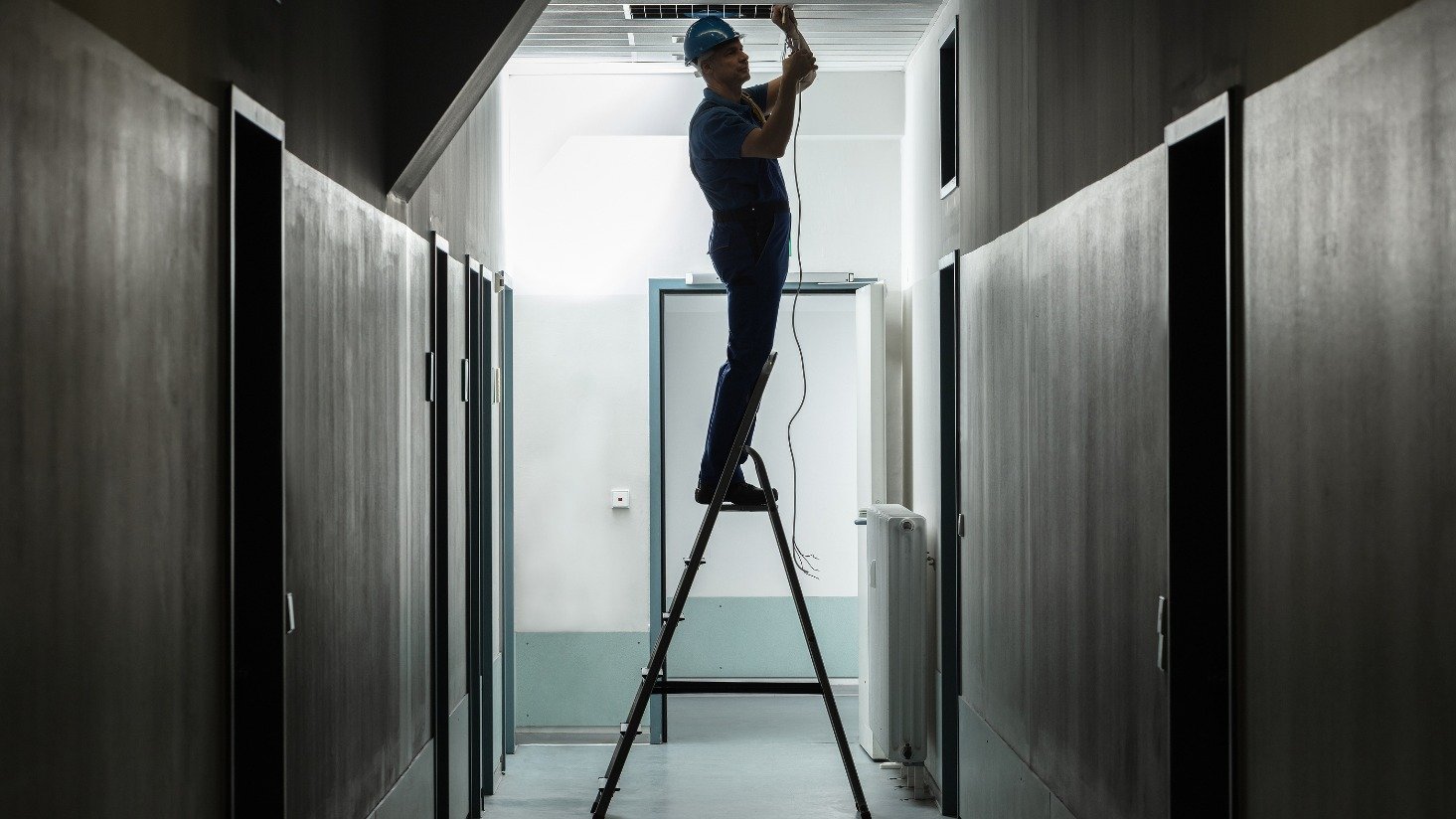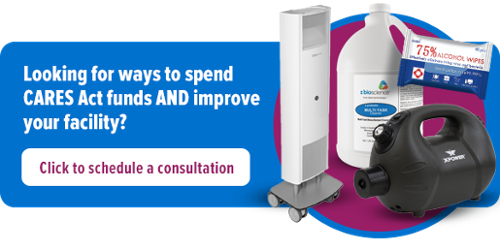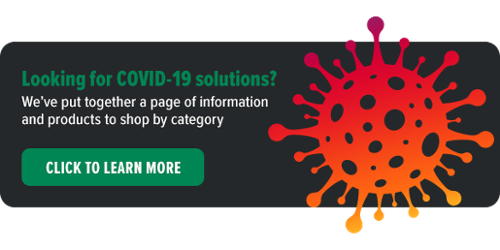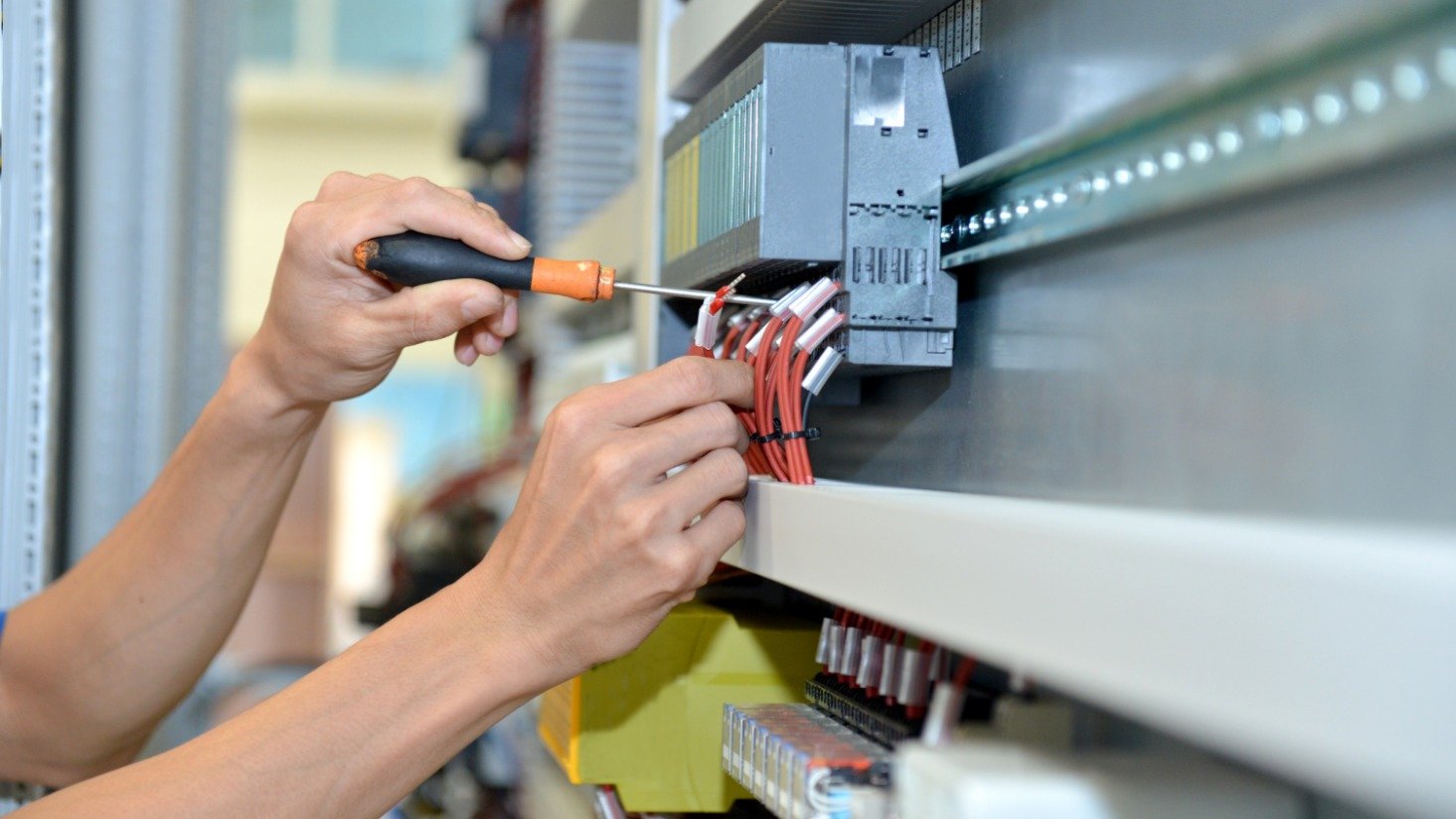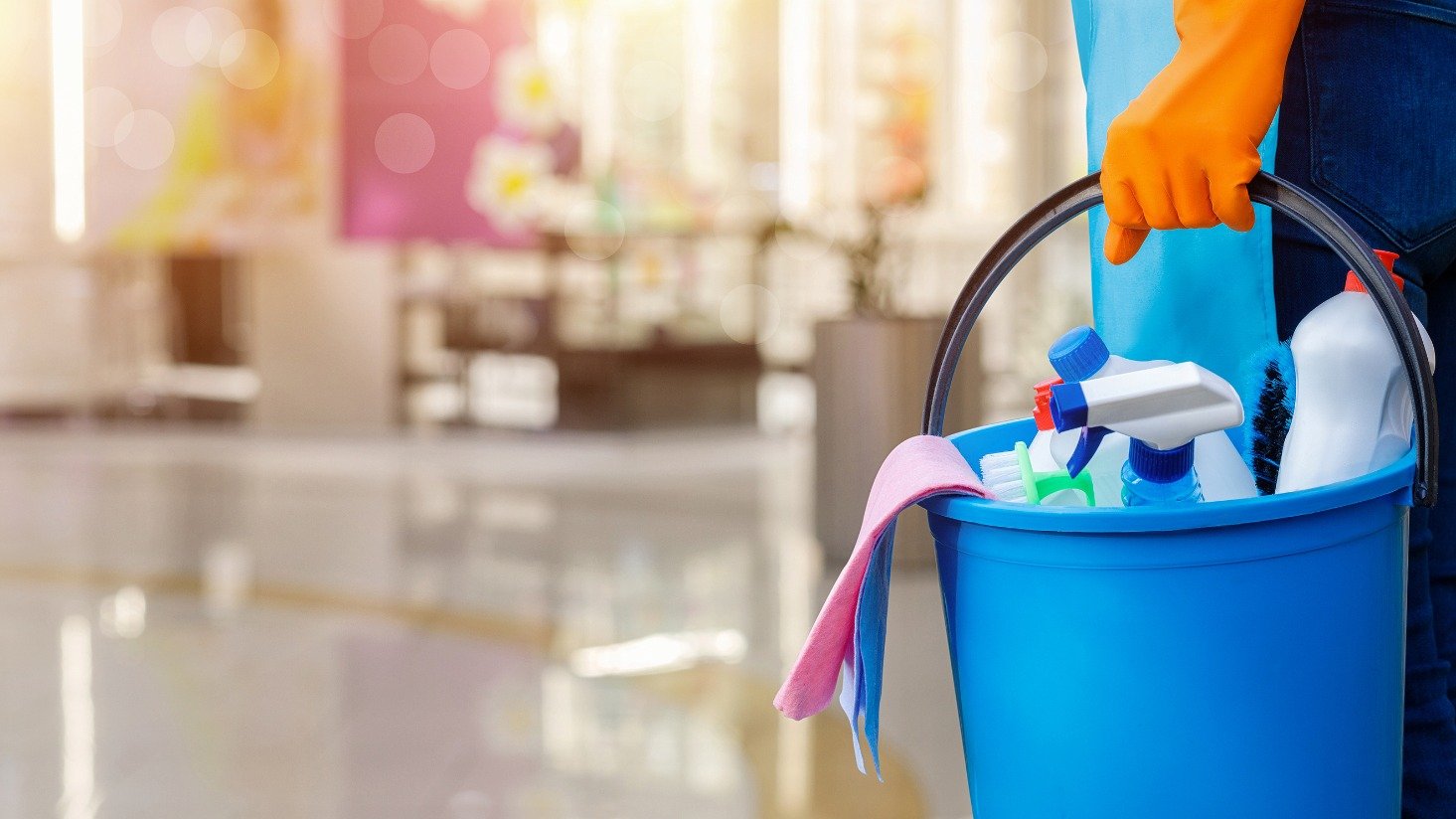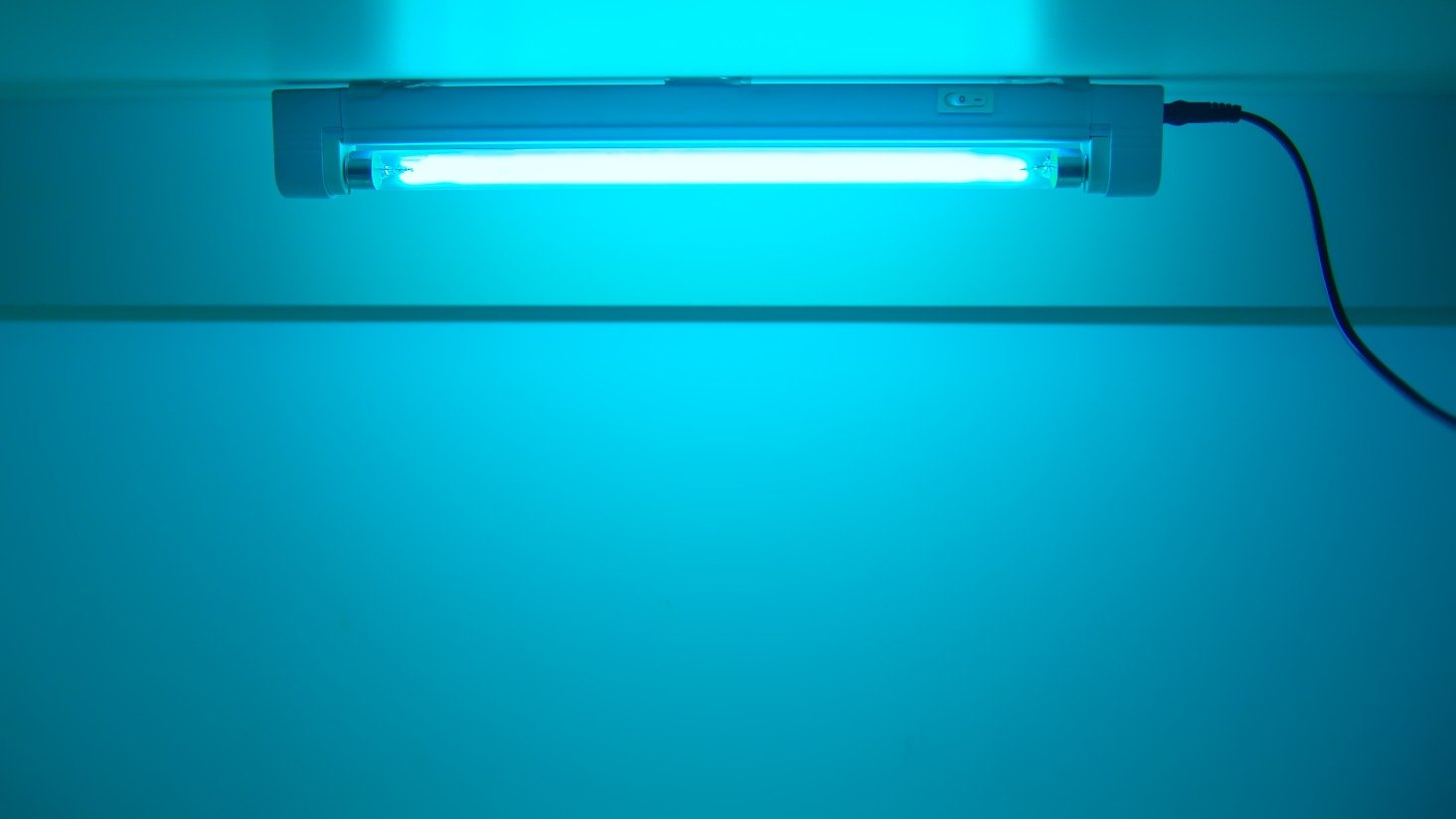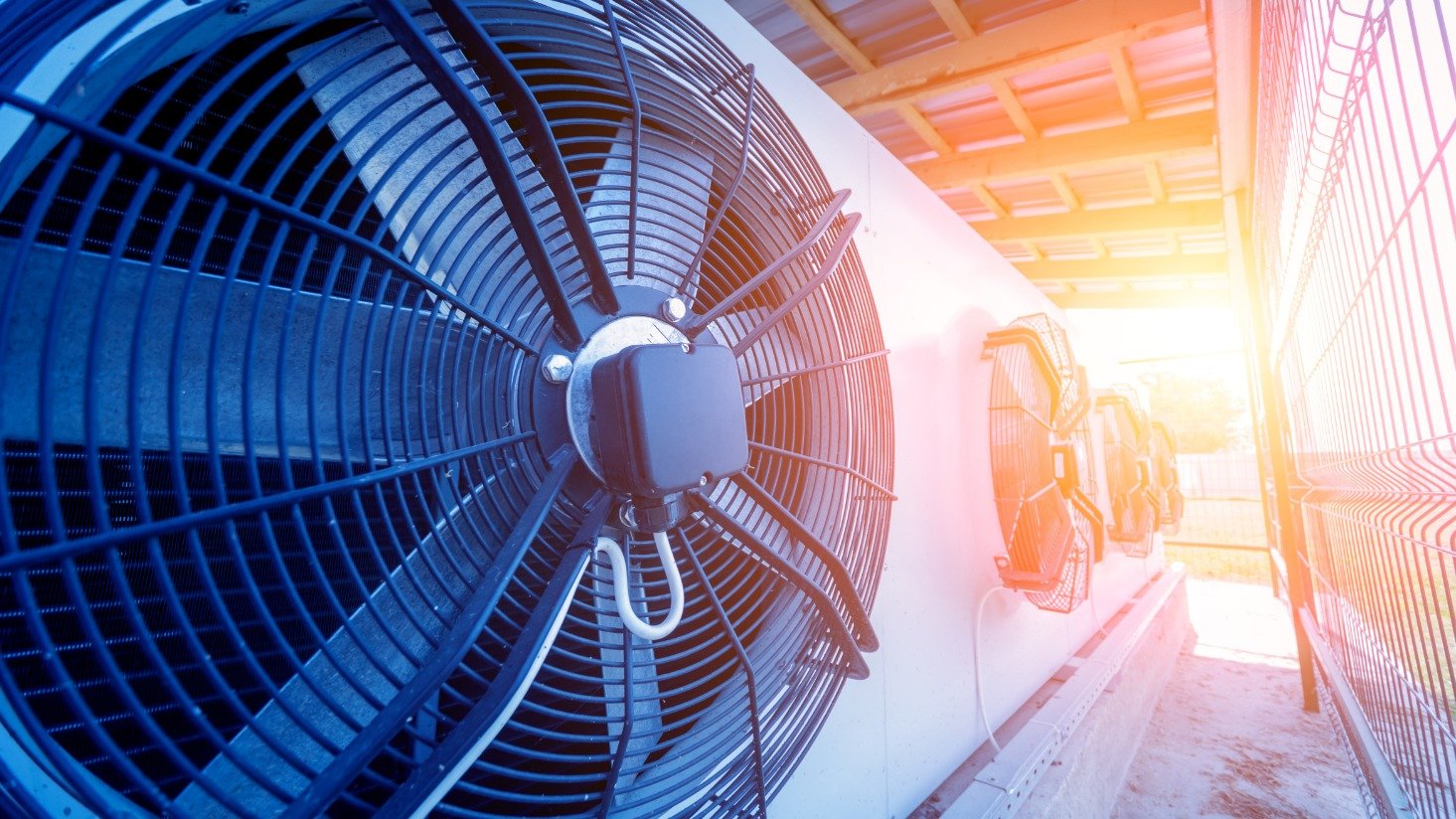Considerations and concerns for UV light regulations
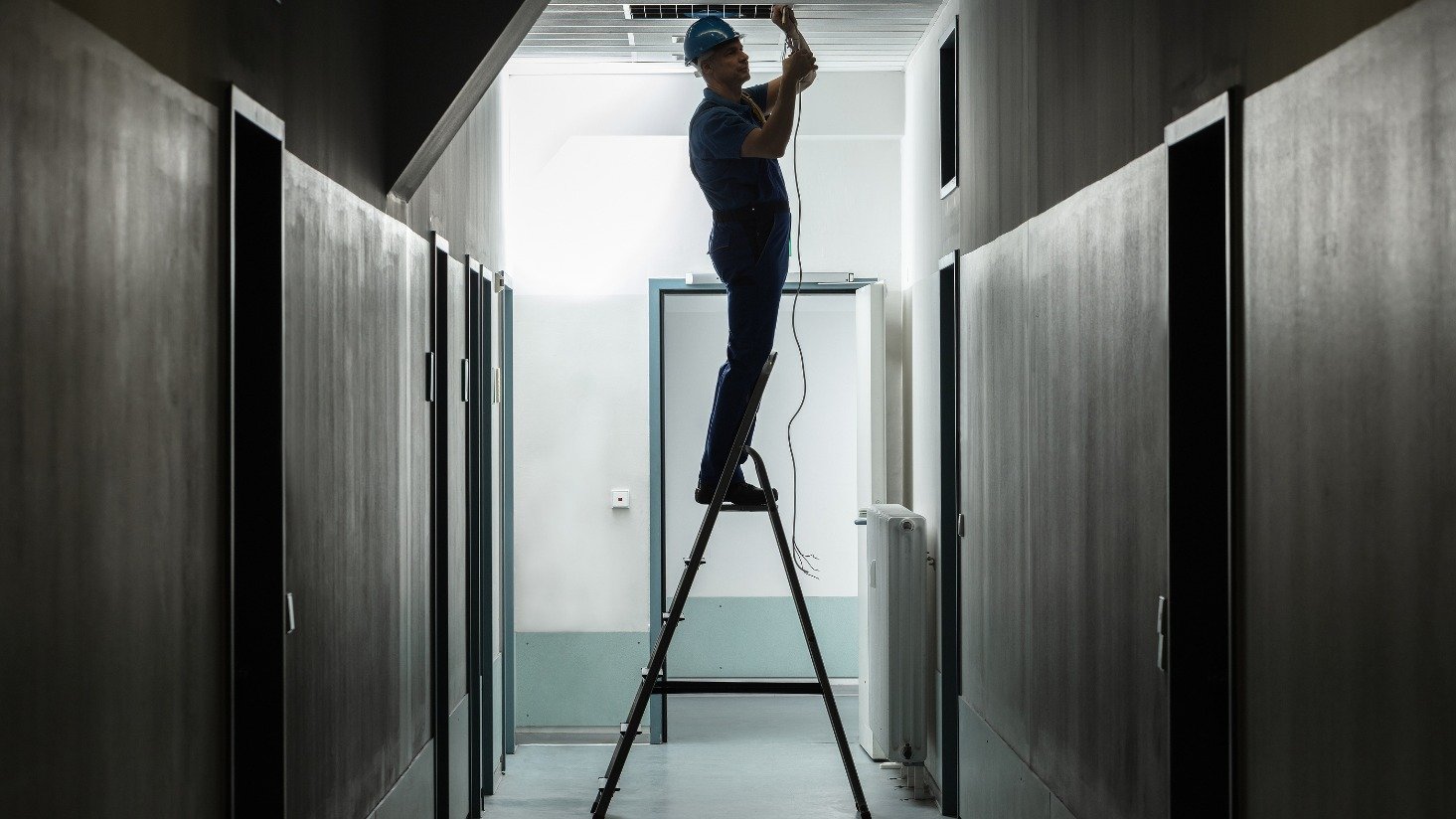
You will probably start to notice UV-C products in places you never though about before. Airplanes, subways, buses, restaurants, banks, and healthcare facilities are all using the powers of germicidal UV to try to get rid of as many pathogens as possible during and after the COVID-19 pandemic.
But installing and using UV lights is not as simple as changing out your old bulbs and putting new ones in. There are specific measurements, requirements, and safety guidelines that should always be followed.
There also seems to be a lot of murkiness about regulations for UV-C light fixtures. Many new products have popped up on the market causing a huge surge in the UV industry.
How do you know if you can trust the product you're buying? What kind of approvals should you look for on a product description?
There are two pieces to this answer.
First, there are emerging industry standards and safety certifications:
1. UL listed UV-C products
2. ETL listed UV-C products
3. Other industry standards
Second, there are federal guidelines and regulations:
1. EPA
2. FDA
3. Other government standards
Safety certifications for UV-C products
1. UL listed UV-C products
A product can only be UL listed if it's deemed safe enough for use by the Underwriter Laboratories (UL).
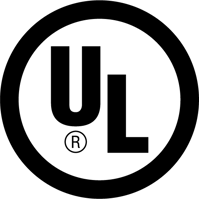
A UL mark on a product signifies that it passed the laboratories safety requirements. UL testing is done to make sure the product doesn't malfunction and cause a fire or some other safety hazard. It does not test the effectiveness of a product.
For UV-C products, UL will certify certain products that use the germicidal UV wavelengths (between 180 - 280 nanometers).
There are several UV-C products that UL has chosen not to test and certify because of potential safety risks.
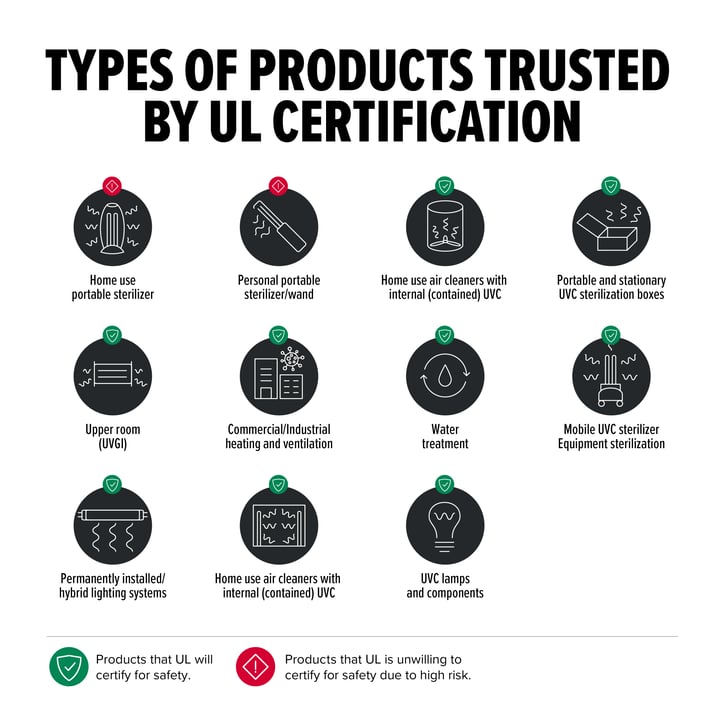
UL is unwilling to certify portable UV sanitizers often marketed towards cleaning rooms in a house. It will also not certify handheld sterilizers or wands.
Read more: UL's warning for consumers about UV products
The Illuminating Engineering Society has also warned about the use of UV-C products in homes and put out a warning about UV-C wands, saying they could give consumers a false sense of disinfection.
UL has several different types of safety certifications for products based on the type of device. Click here for a chart explaining the products categories and safety certifications.
A UL certification addresses safety risks like electric shock and fire, but it does not necessarily test how well the product works.
There is one caveat for UL listed UV-C products. The technology behind the products is constantly expanding. One of our manufacturer partners told us while some products can be tested with UL Standards, other products do not fit within the categories that UL has currently provided.
2. ETL listed UV-C products
Similar to a UL listing, an ETL listed product is deemed safe for consumers and businesses. ETL uses the same safety standards to test products as UL.
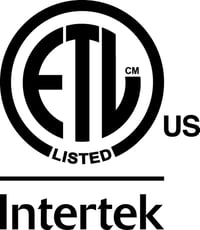
Intertek, the company who issues the ETL mark, says there is not one standard that applies to all germicidal UV products. Instead, each product is assessed for its use then put through different tests based on its application.
Intertek is working with manufacturers and other Standards Development Organizations (SDOs) to develop more consistent safety regulations for UV products.
Click here to read more about Intertek and ETL marked germicidal UV products.
Read more: What's the difference UL listed and ETL listed?
3. Guidance from other non-government organizations
The lighting industry seems to be taking the charge on research and testing for UV lights. Several groups have created resources to help streamline standards and guidance.
ASHRAE developed a chapter in its handbook that specifically addresses UV air and surface treatment.
The Illuminating Engineering Society and International Ultraviolet Association have both released FAQs about UV-C products and how germicidal UV light disinfects air and surfaces.
Federal regulations for UV-C products
There are two main federal departments responsible for overseeing UV-C products: EPA and FDA.
However, there is some overlap between the two departments and it's not always clear if UV-C products should be approved by both.
The regulations also seem to be based more on manufacturer claims than how well a product actually works.
1. EPA and UV-C products
The U.S. Environmental Protection Agency (EPA) considers UV radiation an antimicrobial pesticide. That means it falls under the Federal Insecticide, Fungicide, and Rodenticide Act (FIFRA).
Since the devices do not actually contain any pesticide product, the EPA does not require registration for UV lights. UV-C products can be regulated if a manufacturer makes false claims about the device.
But here's where the regulation requirements can be a little confusing. The EPA says, "Medical instruments or machines used to kill pests in or on living humans or animals are regulated by the Food and Drug Administration."
So which UV devices fall into that category? Keep reading under the FDA regulations.
2. FDA and UV-C products
The Food and Drug Administration can claim jurisdiction on UV-C devices under two circumstances: if the manufacturer makes a medical claim about the product or if the device emits ozone.
UV-C products that make a medical claim and require FDA approval include medical UV air purifiers and UV chamber disinfection devices. Both are subject to Class II performance standards, which means the products should have specific labels and pass requirements before it ever hits the market.
Read more: FDA answers common questions about UV-C
Some UV-C products use ozone because it can help carry the UV rays through the air, destroy microorganisms on contact, and act as a deodorizer.
The FDA considers ozone a safety hazard and places certain limits on the amount of ozone a product can produce.
3. Other government standards for UV-C products
There are several other government agencies involved in UV products and the potential exposure to harmful UV-C rays.
NIOSH
The National Institutes of Occupational Safety and Health (NIOSH) developed guidance and standards for UV radiation and exposure limits in the workplace.
For UV-C specifically (254 nanometer wavelength), exposure should not exceed one minute.
NIOSH recommends that anyone handling and maintaining UV products should take proper precautions, like wearing proper clothing and equipment. NIOSH also recommends paying attention to ozone levels if a UV device emits ozone.
OSHA
Although the U.S. Occupational Health and Safety Administration (OSHA) has regulations on protecting workers from radiation in the workplace, there are currently no exposure limits to UV light.
CDC
The CDC issues guidance for disinfection and sterilization (during a pandemic and beyond), which mentions the use of UV-C products. There is also guidance for disinfecting respirators like N95 masks using different techniques like UV-C.
What to look for when buying UV-C products
Because the regulation process can often be murky for germicidal UV products, how do you know what to watch out for?
There are several "warning signs" you should consider before making a purchase.
- Code compliance – Does your local or state building code require a product to be UL or ETL listed? Make sure you see the marking on the product.
- Testing – Many manufacturers will include testing results for their products. This information may include which laboratory performed the tests and should also include the results.
- Warranty – What kind of warranty comes with the product? If the warranty is longer than the company's history, that's a red flag.
- Company & manufacturer history – Do some research on the manufacturer. How long has it been in business? How long has it been producing UV products? A company founded after March 2020 (when the U.S. really started to feel the impact of COVID-19) might not be trustworthy.
- Instructions & user's manual – Instructions should include a detailed explanation of how to operate the UV device. You should also look for customer and technical service departments that can be easily reached should any problems arise.
How to tell if UV-C products work
If you've read through this article, you may notice there is a major component missing to most of the current testing and regulation: Efficacy concerns. A manufacturer can make claims of effectiveness on its products and there are no required tests to prove it.
So how do you know if the UV products that you invested potentially thousands of dollars in are really working?
There is a formula for the dose of UV energy needed to kill certain pathogens on a surface.
You can also use a card called a UVC dosimeter to tell if the right dose is received. Watch the video below to see how it works.
There are several different types of dosimeters available for sale.
UV-C products only react to the 254 nm wavelength, so for other products that use LEDs or far-UVC, it's best to rely on a trusted manufacturer's recommendations.
Questions about UV products
If you have questions about UV products, or how to choose the right manufacturer, please do not hesitate to contact us. A lighting specialist can walk you through the process of finding the best UV products for your application.
